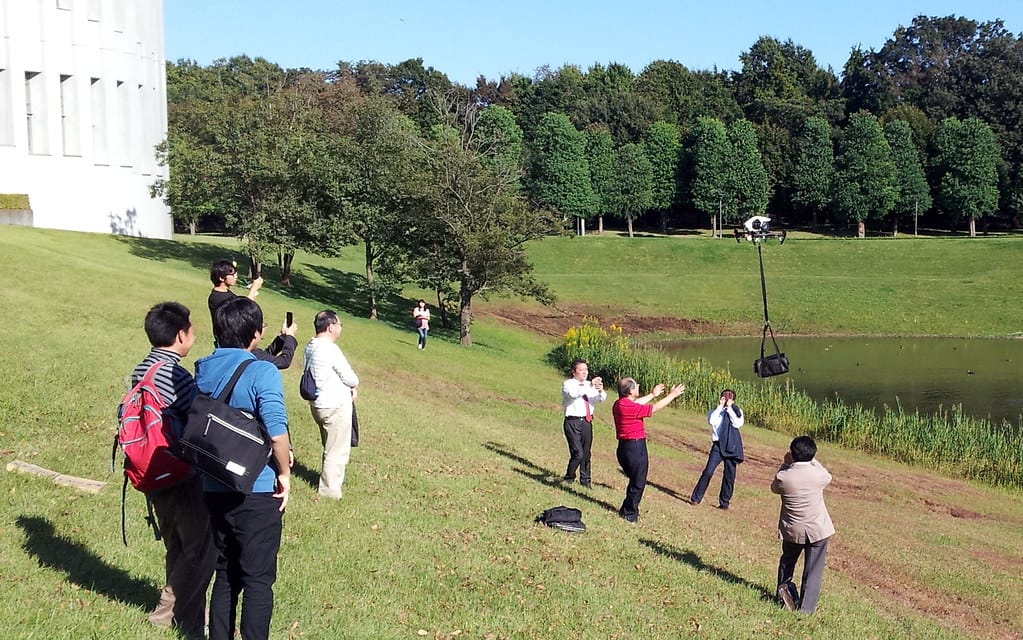US Proposes Game-Changing Drone Rules That Could Bring Your Starbucks Order to Your Doorstep
The Federal Aviation Administration has unveiled sweeping new drone regulations that could transform everyday commerce, potentially allowing companies like Starbucks and Amazon to deliver products directly to consumers via unmanned aircraft. The proposed rules, announced this week, represent the most significant shift in commercial drone policy since the technology emerged, promising to reshape everything from coffee runs to emergency medical deliveries.
Breaking Down the Regulatory Barriers
For years, commercial drone operations have been severely limited by strict federal oversight requiring visual line-of-sight operations and extensive pilot certification. The new FAA proposal would create a streamlined framework for "beyond visual line of sight" (BVLOS) operations, effectively removing the invisible chains that have kept commercial drones grounded at scale.
Under the proposed regulations, companies could operate drones autonomously over populated areas, provided they meet specific safety and technology requirements. This includes advanced collision avoidance systems, reliable communication links, and comprehensive flight planning software that can navigate complex urban environments.
Major Players Ready to Take Flight
Amazon's Prime Air Renaissance
Amazon has been testing drone delivery since 2013, but regulatory hurdles have limited operations to rural areas and controlled environments. The new rules could finally unlock the company's vision of 30-minute deliveries to suburban doorsteps. Amazon's latest delivery drones can carry packages up to five pounds—covering an estimated 85% of items the company ships.
Starbucks and Food Service Revolution
While not officially announced, industry experts suggest that food delivery represents one of the most compelling use cases for the new regulations. Companies like Starbucks could partner with drone operators to deliver hot beverages within a 3-5 mile radius of stores, potentially cutting delivery times from 30-45 minutes to under 10 minutes.
Medical and Emergency Services
Perhaps most critically, the rules open doors for life-saving applications. Drone delivery of medical supplies, prescription medications, and even emergency equipment like defibrillators could reach patients in minutes rather than hours, particularly in rural or traffic-congested areas.
The Technology Behind the Promise
The proposed regulations heavily emphasize technological safeguards that make widespread drone operations feasible:
- Remote ID Systems: Every commercial drone must broadcast its location, altitude, and operator information in real-time
- Detect and Avoid Technology: Advanced sensors and AI systems that can identify and navigate around obstacles, including other aircraft
- Redundant Communication Systems: Multiple backup communication channels to ensure continuous control and monitoring
These requirements address the FAA's primary concerns about integrating drones into the national airspace system alongside traditional aircraft.
Economic Impact and Market Potential
Industry analysts project the commercial drone delivery market could reach $29 billion by 2030, with the new regulations serving as a primary catalyst for growth. The rules could create thousands of jobs in drone operations, maintenance, and air traffic management while reducing delivery costs for consumers by up to 40% in some scenarios.
Small businesses stand to benefit significantly, as drone delivery could level the playing field with larger competitors by offering rapid, cost-effective delivery options previously available only to major corporations with extensive logistics networks.
Challenges and Implementation Timeline
Despite the promising outlook, significant hurdles remain. The proposed rules must undergo a public comment period lasting at least 60 days, followed by FAA review and potential revisions. Industry experts estimate final implementation could take 12-18 months.
Infrastructure challenges also loom large. Cities will need to develop drone traffic management systems, landing zones, and integration protocols with existing emergency services. Privacy concerns and noise pollution in residential areas represent additional obstacles that communities must address.
What This Means for Consumers
If implemented as proposed, these regulations could fundamentally change how Americans receive goods and services. Morning coffee delivered by drone, prescription medications dropped at your doorstep within minutes of ordering, and emergency supplies reaching disaster areas without regard for blocked roads or traffic jams.
The convergence of regulatory approval, technological maturity, and market demand suggests we're approaching a tipping point where drone deliveries transition from novelty to necessity. While widespread implementation may still be years away, the FAA's proposal represents a crucial first step toward an airborne delivery revolution that could redefine convenience in the digital age.
